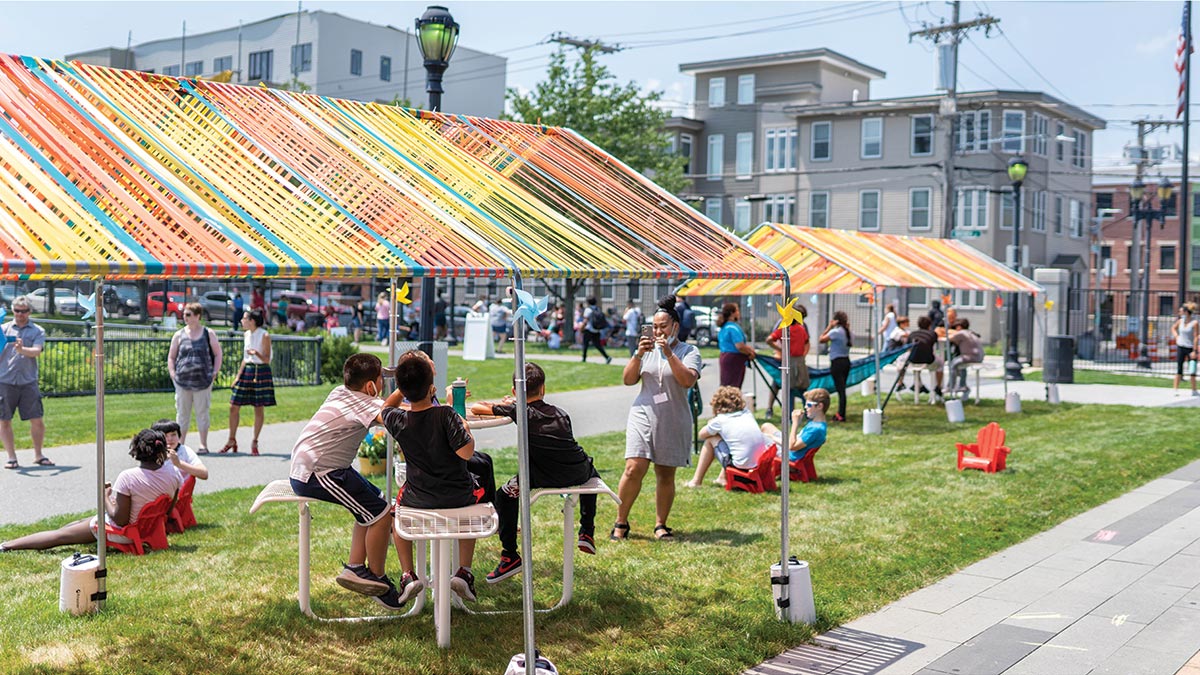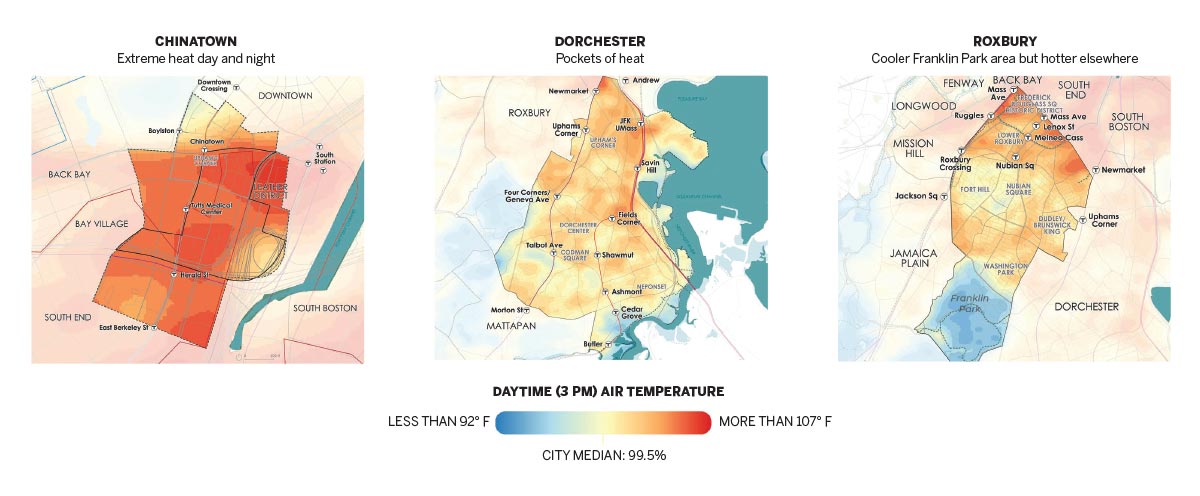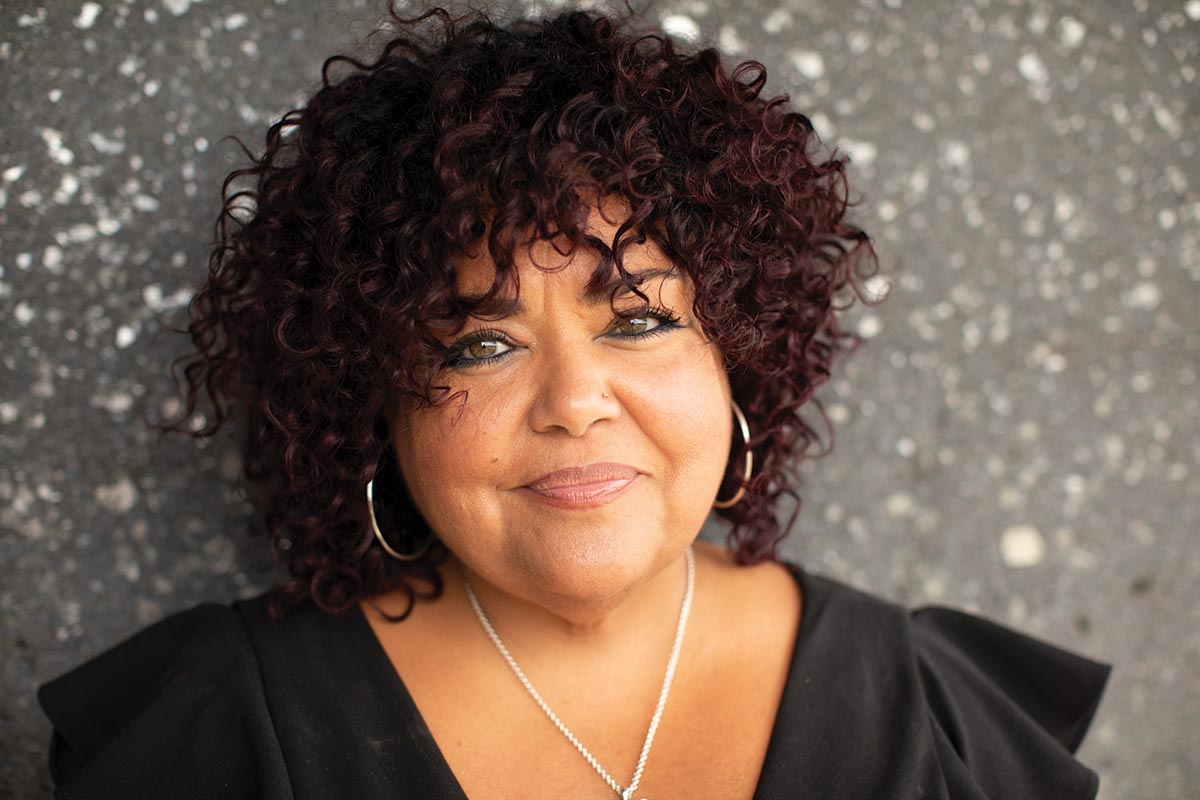Climate Justice
 1 AIA LU/HSW; 0.1 ICC CEU; 0.1 IACET CEU*; 1 AIBD P-CE; AAA 1 Structured Learning Hour; This course can be self-reported to the AANB, as per their CE Guidelines; AAPEI 1 Structured Learning Hour; This course can be self-reported to the AIBC, as per their CE Guidelines.; MAA 1 Structured Learning Hour; This course can be self-reported to the NLAA.; This course can be self-reported to the NSAA; NWTAA 1 Structured Learning Hour; OAA 1 Learning Hour; SAA 1 Hour of Core Learning
1 AIA LU/HSW; 0.1 ICC CEU; 0.1 IACET CEU*; 1 AIBD P-CE; AAA 1 Structured Learning Hour; This course can be self-reported to the AANB, as per their CE Guidelines; AAPEI 1 Structured Learning Hour; This course can be self-reported to the AIBC, as per their CE Guidelines.; MAA 1 Structured Learning Hour; This course can be self-reported to the NLAA.; This course can be self-reported to the NSAA; NWTAA 1 Structured Learning Hour; OAA 1 Learning Hour; SAA 1 Hour of Core Learning
Learning Objectives:
- Discuss how climate change disproportionately affects disadvantaged communities.
- Describe low-carbon solutions addressing the global housing crisis.
- Outline policy initiatives that encompass building decarbonization and social justice.
- Discuss worldwide trends in electricity generation.
This course is part of the Mastering Movement™ Academy
The Human Cost
Heat waves are a serious urban killer. Boston’s new plan tackles the problem while addressing inequity

Photo courtesy of City of Boston and Sasaki
A “cool spot” pop-up offered shade outside an East Boston library branch in 2021.
Extreme heat is an ever-growing threat to human health and well-being, one that has been exacerbated by global warming. Those soaring highs, associated with the greenhouse-gas emissions generated by our industrialized world, have increased the earth’s average temperature by 1.2 degrees Celsius since the late 19th century. However, the specter of rising temperatures is not evenly distributed geographically and disproportionately affects the Global South—the very regions that were exploited to fuel the industrial economies of the West. It is now estimated that nearly 40 percent of deaths resulting from heat exposure over the last three decades derive from human-made global warming, with much of that suffering inflicted on Africa, South Asia, Central and South America, and the Mediterranean Rim.
North America is also grappling with extreme heat conditions, as even formerly moderate regions, such as the Pacific Northwest, experience searing summer heat waves. In Portland, Oregon, for example, temperatures reached nearly 120 degrees Fahrenheit last summer, resulting in a spike in deaths and the failure of infrastructure. Such issues are further compounded by the continued legacies of urban disinvestment, where certain communities, often poor and of color, are subject to higher sustained temperatures due to the urban heat-island effect—in short, an abundance of heat-retaining surfaces and a dearth of vegetation.
The threat is growing in real time, and cities like Boston, where the number of days over 90 degrees Fahrenheit is expected to grow from an average of 10 days per year to nearly 50 by 2070, are grappling with those life-threatening conditions. But now, under the recently inaugurated administration of mayor Michelle Wu, Boston has started rolling out a new framework. Its Heat Resilience Solutions for Boston, more commonly known as the Heat Plan, is the collaborative product of a team of consultants led by Boston-based Sasaki. The plan presents 26 strategies to ameliorate heat conditions, and focuses on five of the city’s hottest neighborhoods: Chinatown, Dorchester, East Boston, Mattapan, and Roxbury. These predominantly low-income and majority-minority communities have long suffered from the ill effects of redlining and urban renewal, and, on average, are 7.5 degrees Fahrenheit warmer during the day than Boston’s more affluent and tree-canopied neighborhoods.
The Heat Plan follows a nearly decade-long collaboration between Sasaki and the City of Boston and is a new and critical component of the Climate Ready Boston initiative, which seeks to address the short- and long-term effects of climate change, such as sea-level rise and extreme precipitation. “This is the first time that Boston has done a citywide heat-resilience plan, and it is taking that same focus as our earlier work trying to understand how investments in climate resilience can help create a more equitable urban environment,” says Sasaki associate principal Jill Allen Dixon. “A big focus has been how to approach heat resilience from the angle of social equity and racial justice, acknowledging the harms of the past while also being better planners as we move forward.”

Photo courtesy of Sasaki
The Heat Plan’s air-temperature maps are based on data gathered during a weeklong analysis period in July 2019, which corresponded with a heat wave.
What does the plan look like on the ground? The 26 strategies outlined in the report are broken down into two categories: relief during heat waves and longer-term cooling of communities. The development of the strategies depended on a series of neighborhood workshops, often conducted with the help of interpreters. “We really approached this from listening to people’s stories and reaching out to people where they are,” says Sasaki director of sustainability and resilience Tamar Warburg.
That deliberative process was supported by heat, land-use, and demographic analyses, which informed recommendations specific to individual neighborhoods. In the short term, the Heat Plan calls for several policy and physical interventions. The administration will first create the Boston Extreme Temperatures Response Task Force, an interdepartmental group that will coordinate with a wide range of stakeholders to best deliver resources and inform strategic actions. During heat waves, the plan outlines the rollout and expansion of the city’s network of air-conditioned cooling centers to include community organizations; greater utilization of public outdoor spaces for tot sprays, pools, and other forms of relief; and pop-up outdoor cooling kits that include misted tents, for summer public events. The Boston Extreme Temperature Response Task Force will also collaborate with public-education channels, and other public, private, and civic organizations, to educate Boston residents on heat resilience. Furthermore, the Task Force will facilitate fan and air conditioner giveaways, and amplify information regarding utility assistance.
Longer-term mitigation strategies are more capital-intensive. At the building level, the plan seeks to provide funding and technical guidance for energy retrofits and other interventions, such as a cool-roofs program that aims to replace dark-colored roofs with sun-reflecting light-colored materials, and the installation of green, planted roofs. In collaboration with the existing Urban Forest Plan, which has budgeted $500,000 to hire an arborist and the planting of 2,000 trees annually, the Heat Plan aims to expand Boston’s tree canopy and vegetated space in both the public and private realms through, say, new planting in parks and public rights-of-way, as well as the acquisition of privately owned land for conversion into open space. At the level of zoning and conveying permits, the plan calls for the incorporation of temperature analysis, alongside wind and shadow analyses, into the new development-review process, and the potential use of overlay districts or zoning adjustments to ameliorate urban heat islands.
Boston’s new mayoral administration is putting its money where its mouth is, and its first proposed budget places the city firmly as a leader in the Green New Deal movement, with nearly $200 million related to the objectives of the Heat Plan. Although the plan is particular to the City of Boston, its community-centric approach and comprehensive implementation process can be emulated in cities across the country. “We are experiencing an incredible moment of increased awareness of the impact that climate change has had on our lives, and the Covid-19 pandemic has additionally established a newfound appreciation for and willingness to invest in the public realm,” says Warburg. “These cultural shifts will lead people to seek models like Boston’s heat resilience strategies and explore how they can be adapted in their own communities.”
Matthew Marani, writes about architecture and urban design and is studying city and regional planning at Pratt Institute.












